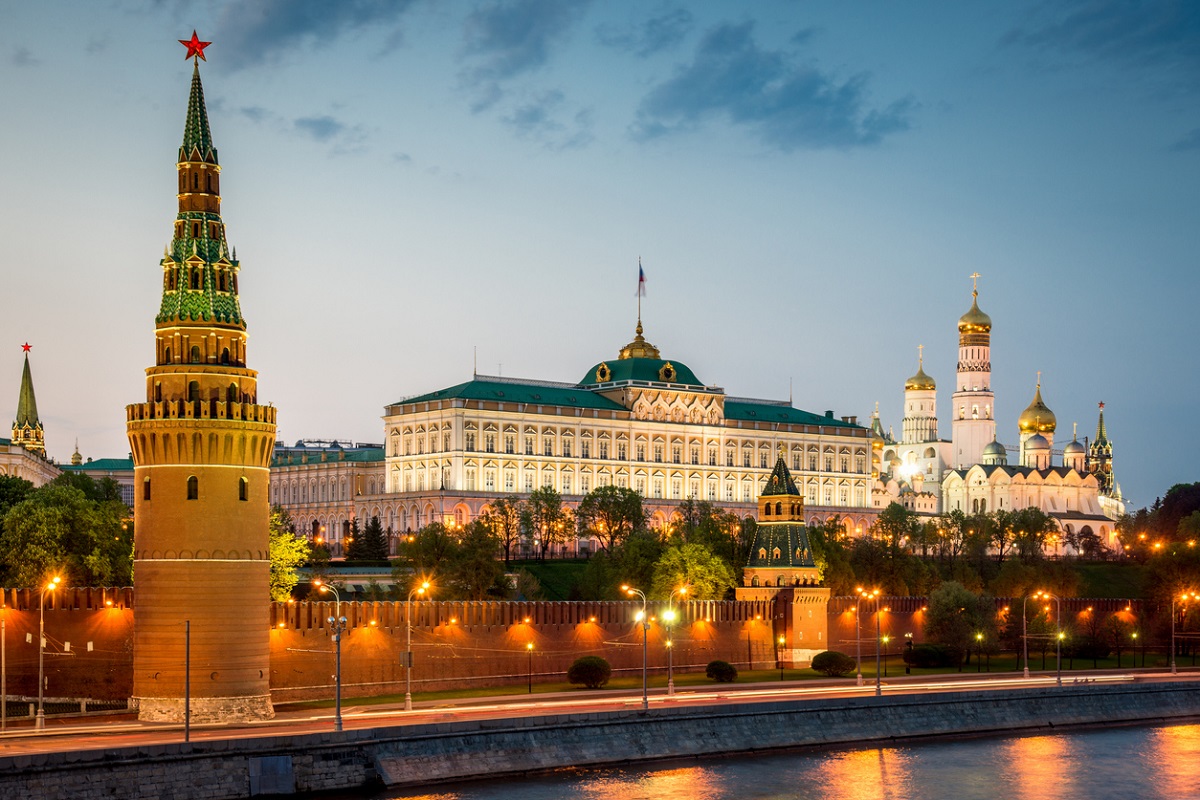A colonial exhibition took place in Paris in 1931 to give physical expression to the philosophy of the French Empire, then comprising 100 million people over five continents.
Open for six months, the exhibition covered 110 hectares with 33,489,902 entries registered. Reiteration of revolutionary France’s values and the duty to help the colonies to modernise were core objectives of the exhibition, though the reality was the rights of France as master and the duties of the colonies as subjects.
The Communist International (Comintern) in Moscow had by then already given the French comrades certain tasks ~ to create cadres of agricultural and industrial workers and stimulate liberation in the colonies by groups the Comintern controlled. The French proletariat was to be linked with these liberation groups.
Observing the planning for the colonial exhibition, the Comintern proposed a counterexhibition to denounce the misery of the oppressed people and support colonial independence movements. Therefore, the Paris Colonial Contra-exhibition aimed to expose the oppression, exploitation and hypocrisy of the empire. The Contra-exhibition’s scale was eventually modest; in one building, and hosting just some 4000 persons.
There was a huge gap between intention and execution; the French Communists had no ideas about how to proceed, were left without precise instructions and were short of personnel. In short, it was in no position to undertake the task. The Comintern had forbidden cooperation with other left-wing groups, branding Socialists as bourgeois fascists and leftleaning elements as Trotskyites.
Membership had sunk to 31,500 in 1930, reflecting a general indifference to colonialism. The direction from Moscow was peremptory but mandatory, control was rigid, and the Comintern sent officials to France to enforce its decisions. The League against Imperialism was selected as the front organisation for the Contra-exhibition to circumvent a ban or confiscation. The League was even less prepared for the task than the Communists, and its use did not fool the police, who considered it a Communist propaganda instrument.
However, in the background was the negotiation for a proposed Franco-Soviet non-aggression and conciliation pact, and it suited everyone to keep the Comintern in the shadows. The Communists confined themselves to agitations and pamphleteering against the Colonial exhibition, using sympathisers in France from the colonies, especially Indo- China.
By the time the colonial exhibition actually opened, the French Communists had done nothing about any Contra-exhibition. A Comintern envoy described the scene ~ the work for the exhibition was in the hands of three colleagues, one of whom was ill, and the others had no help. There was no exhibition hall, no funds, and exhibits were insufficient. Moscow finally decided on a small exhibition, but as an excuse for inaction rather than any real shortage.
By June , no site had yet been found. It would have been sensible at this point to abandon the project. A member of the League questioned whether the public would see the exhibition as “ridiculous given its smallness and poverty”, but no one locally dared to question Comintern instructions. The French Communists were unenthusiastic; they had no curatorial expertise, nor enough material to display; and the deadline of 15 June had passed. But the Surrealists were willing to take it on.
They were an avant-garde movement in art and literature which sought to release the creative potential of the unconscious mind, for example by the irrational juxtaposition of images. Its most noted exponents were Andre Breton, Salvador Dali, Max Ernst and Rene Magritte, In 1930 the Soviet Writers’ Union cabled Breton, poet and leader of the Surrealist movement, asking about his position if imperialists declared war on the Soviet Union.
Breton and poet Louis Aragon replied that as members of the French Communists, their skills would be at the disposal of the Comintern. However, most Surrealists chafed at any idea that they submit to the dictates of the Communist Party and each side felt that the other wished to manipulate it. The Contra-exhibition exposed the fractious relationship between the Surrealists and French Communists. Despite being accused of showmanship and opportunism, the Surrealists confirmed their anti-colonial credentials in publications in 1931.
They urged the public not to visit the Colonial exhibition, railed against the deportation of a Vietnamese student, and condemned imperialists exploiting colonial labour and the complicity of administrators, politicians, industry and the Church in the idea of Greater France. They claimed it was pointless to distinguish between good and bad colonialism and demanded the immediate evacuation of all colonies and prosecution of the officials responsible for massacres.
They also denounced the arrogance and condescension of the West to claim that its art was superior to native artefacts. To colonisers, the ‘savage’ was the justification for their civilising mission, whereas for Surrealists the savage represented the superior civilisation. The Soviet doctrine by 1931 was that art had to be proletarian, expressed as social realism, and that the Surrealist art should conform to this party line.
This was anathema to Surrealists, who considered themselves the sole arbiters of what constituted revolutionary art, and rightly deemed Communist functionaries unqualified to pronounce on it. Despite disagreements, the Communist Party asked the Surrealists to arrange the Contra-exhibition, an act of desperation to overlook their differences and focus on anti-colonialism. On their part, the Surrealists also had to compromise. It was incongruous for the Surrealists to work with the League, whose pacifism they despised.
That they did so suggests that publicity was partly their motivation, as the Comintern had insinuated. There is no reference to Surrealist involvement in the exhibition in the archives of the French Communist Party and the Comintern. Party officials did not want to be compromised by association with a group the new party line denounced, and whose involvement was evidence of the party’s failure to organise the exhibition.
The Communist paper, L’Humanité also ignored the Surrealists’ participation, although attacking them for advocating art for art’s sake. The only reference found is a note in Aragon’s file in the Comintern archives.
(To be concluded)
(The writer is a British academic specialising in French history)











